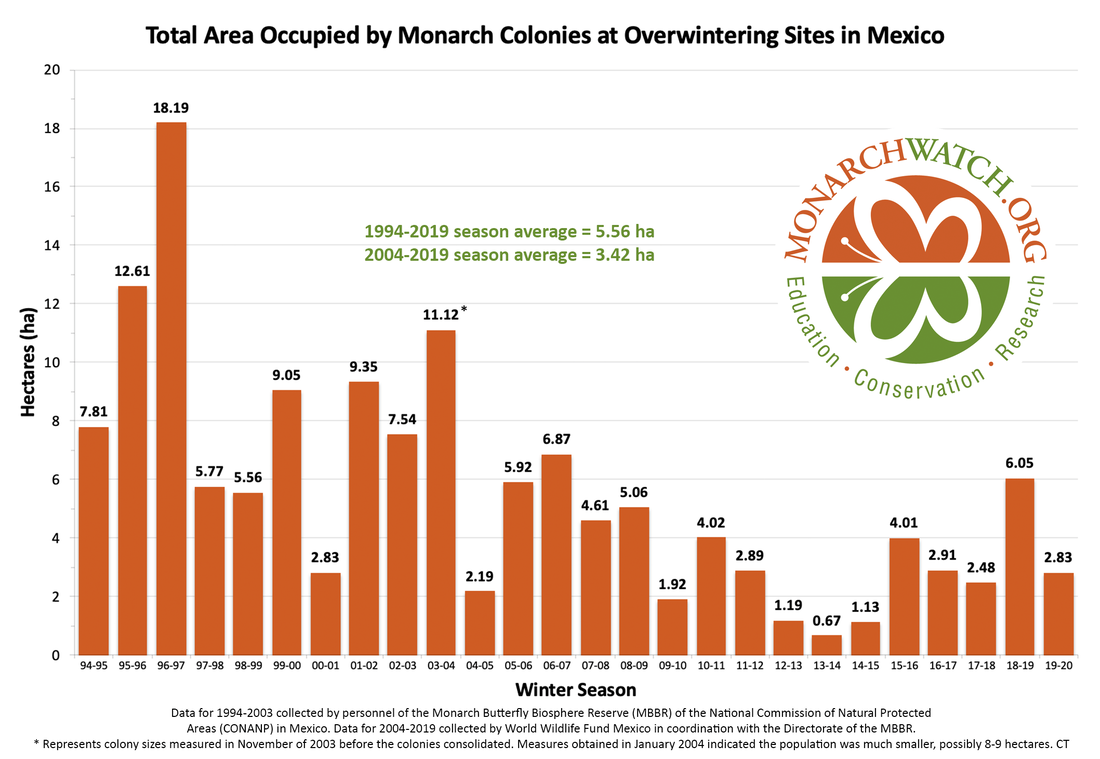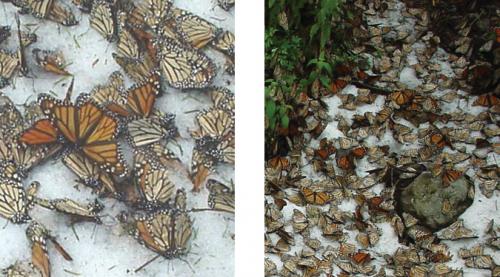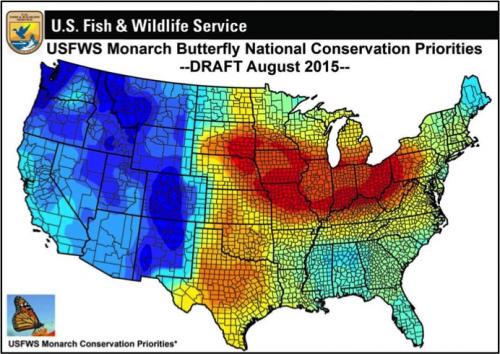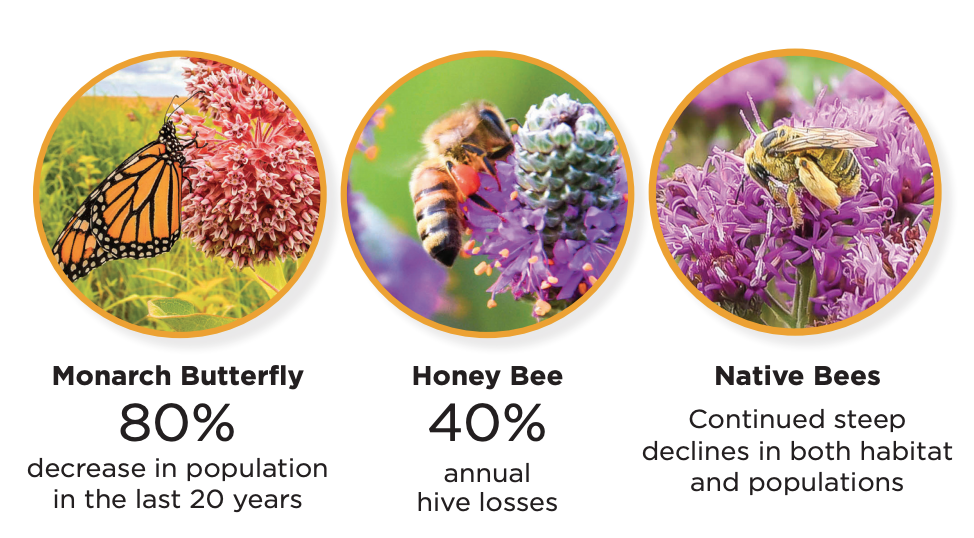If We Do Nothing......monarch butterflies have a 60% likelihood of extinction in 20 years. Once plentiful, their vital food source and habitat, milkweed or Asclepias, is now in serious decline, putting monarchs and other pollinators at extreme risk. In fact, a recent petition proposes adding monarch butterflies to the endangered species list.
As far back as 1983, concern was rising for the monarch butterfly. That year the International Union for Conservation of Nature listed monarch migration as an endangered phenomenon. And in 2010, monarchs were one of the World Wildlife Fund’s Top 10 to Watch, a list that identifies species in need of close monitoring and protection. |
Monarch Butterflies
|
Monarch Habitat
|
Other Wildlife
is Being Impacted by Habitat Decline
Monarch butterflies aren’t the only ones affected – other wildlife including honey bees, pheasant, geese, quail, deer and more benefit from critical pollinator habitat rebuilding.
Watch to Learn More about
Monarch Butterflies and Habitat:
Monarch Butterflies and Habitat:
Everyone Can Help
|
Related Articles and Information about Monarch Butterflies
Looking for more information on the plight of monarch butterflies? Here are a few resources to consider.
News & Media
Research & Laboratories
Associations & Organizations
News & Media
- Agriculture Secretary announces $3 million for a new program to improve pollinator health
- America’s Great Plains Lost More Habitat in 2014 than the Brazilian Amazon
- Helping the Monarch butterfly
- Honey Bee and Monarch Butterfly Partnership Targets Upland Habitat
- Petition to protect the Monarch Butterfly
- Researchers worried about the fate of Monarch butterflies
- Seeding Milkweed Can Help Patch Up Monarch Butterfly Habitat
- UN report calls for global action to restore pollinators
- WWF Wildlife and Climate Change Series: Monarch Butterfly
Research & Laboratories
- De Roode Lab at Emory University
- Iowa Monarch Conservation Consortium
- Monarch Conservation
- Monarch Health
- Monarch Larva Monitoring Project
- The Reppert Lab
- University of Minnesota Monarch Lab
- University of Texas at San Antonio
Associations & Organizations
- Association for Butterflies
- Greater Atlanta Pollinator Partnership
- The Lepidopterists' Society
- Monarch Alert
- Monarch Butterfly Conservation Fund
- Monarch Joint Venture
- Monarch Net
- Monarch Watch
- Monarch-butterfly.com
- National Pollinator Health Strategy
- North American Butterfly Association
- Pollinator Stewardship Council
- The Xerces Society









